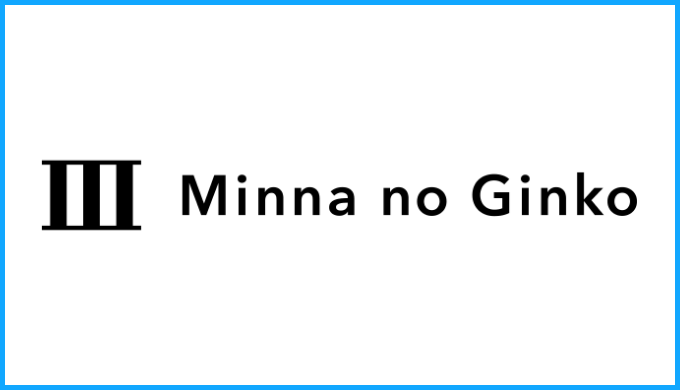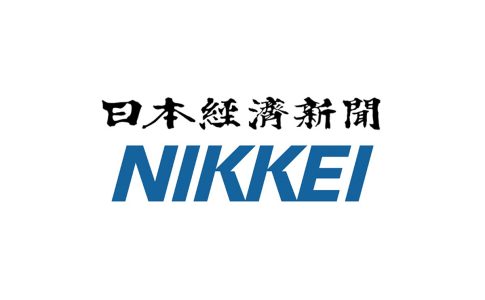Introduction
Minna no Ginko, hailed as Japan’s first digital bank, commenced its operations in May 2021 amid much fanfare. Launched by Fukuoka Financial Group (FG), one of the leading regional banking groups, it was the first internet bank established by a regional bank. Major newspapers and online media lauded its business model as an innovative departure from traditional banking.
Current State of Affairs
However, the bank’s operational reality paints a grim picture. Initially projecting to turn a profit in its third year, Minna no Ginko is now facing its third consecutive year of losses. With a staggering loss of 2.7 billion yen in its September interim results, significantly higher than the previous year’s 1.7 billion yen, the bank has had to push back its target for profitability from fiscal year 2025 to 2027.
Reasons Behind the Dismal Performance
The primary reason for the bank’s financial struggles is its failing revenue plan. Minna no Ginko had planned to quickly boost its personal loan balance and achieve profitability in its third year through interest earnings. However, the actual performance fell drastically short of its ambitious targets of 40 billion yen for 2022 and 80 billion yen for 2023, only reaching about 10% of these goals.
Furthermore, the bank’s loan portfolio is underperforming. Its combined personal loan balance of 75 billion yen and overdraft service balance of 22 billion yen, which offers zero-interest loans up to 50,000 yen, totals to just 98 billion yen. Of this, 6.8 billion yen has already turned into bad debt, resulting in a non-performing loan ratio of 6.86%—a figure that surpasses the bank’s initial 3% estimate and ranks second-worst in the industry, following Suruga Bank’s 10.16%.
Digital Banking Challenges
Minna no Ginko’s difficulties also reflect a broader challenge faced by digital banks. The IT analyst community suggests that the bank’s marketing strategy, heavily reliant on social media for spreading information, inadvertently attracted customers with lower credit scores. This issue has compounded the bank’s challenges in achieving profitability.
The Illusion of Success in Account Numbers
While Minna no Ginko has managed to open approximately 820,000 accounts against its initial three-year target of 1.2 million, the actual deposit balance is far from its target of 220 billion yen, standing at just 26 billion yen. The bank’s strategies, including cashback campaigns and referral programs, have largely attracted customers interested only in immediate cash benefits, leading to a high number of inactive accounts.
Future Strategies and Competition
In an effort to revitalize its revenue, Minna no Ginko is focusing on Banking as a Service (BaaS), which involves providing banking functions to businesses. However, existing internet banks have already made significant headway in this area, raising concerns that Minna no Ginko’s efforts might be too little, too late.
Conclusion
Minna no Ginko’s journey as Japan’s pioneering digital bank has been fraught with challenges. Despite its innovative approach, the bank has struggled to translate its digital-first strategy into financial success. As it continues to grapple with operational and strategic hurdles, its role within the Fukuoka Financial Group remains uncertain. The bank’s experience serves as a cautionary tale for the financial industry, highlighting the complexities of digital transformation in the traditionally conservative banking sector.












Leave a Reply